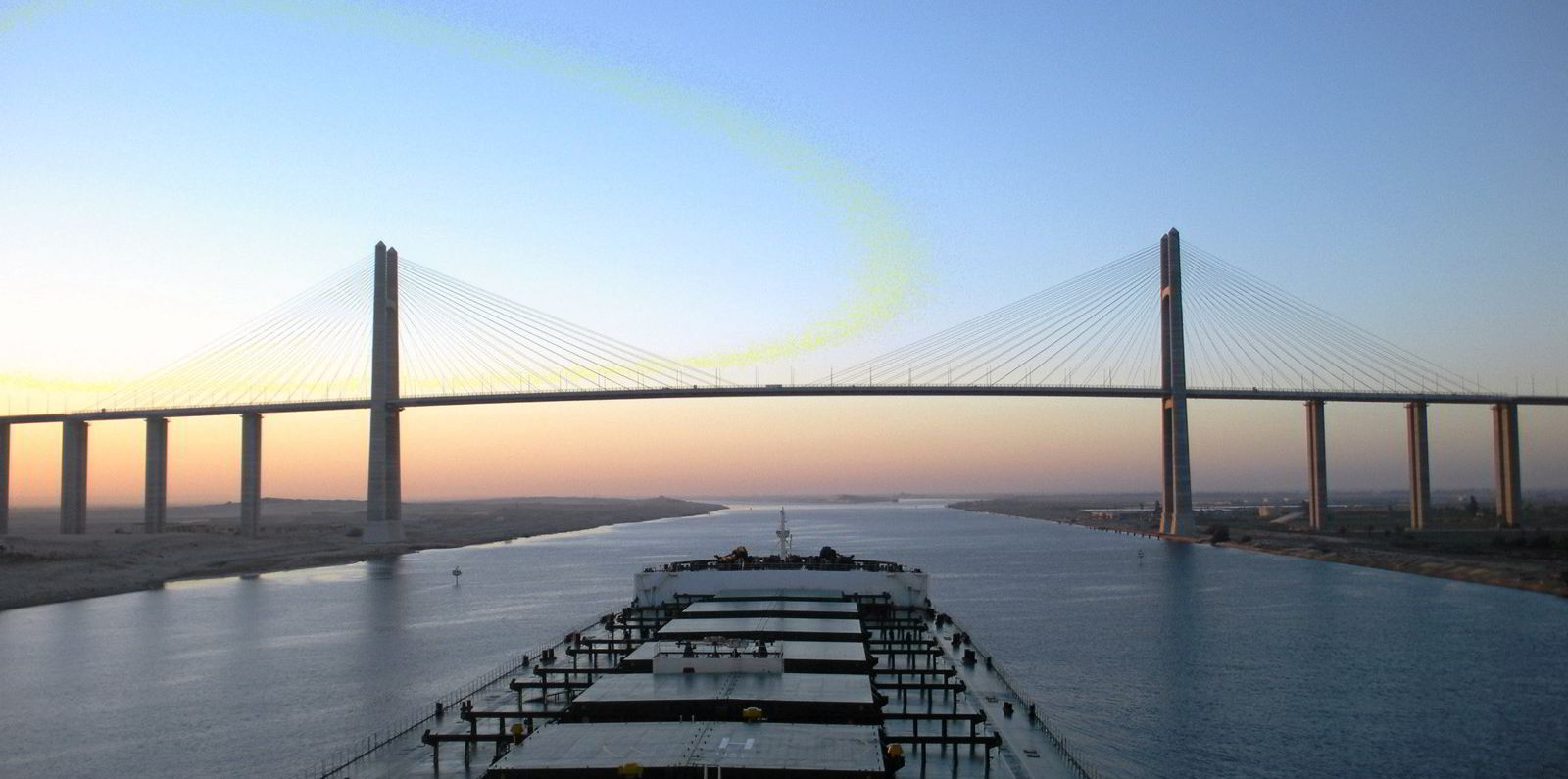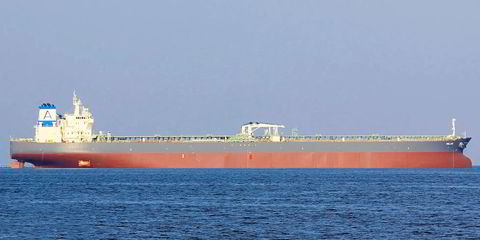Asian shipowners have urged the Suez Canal Authority (SCA) and Panama Canal Authority (ACP) to avoid “sudden and significant” changes to tolls without prior consultation.
The statement comes after the SCA raised toll charges twice in a matter of months, and as the Panama Canal proposes longer-term changes to its toll system.
The Asian Shipowners’ Association (ASA), following its interim policy committee meeting, said in a statement it was “confused” by the SCA’s decision, with only 48 hours notice, to raise charges on 1 March by between 7% and 20%.
The increase came shortly after a 6% increase in tariffs introduced by the SCA on 1 February.
The ASA said the decision had created a “high uncertainty” about the SCA's charging mechanism.
The ASA urged shipowners to complain about the move and said it would work with the International Chamber of Shipping on the issue. The group said it is “enormously important for the industry to jointly raise our united voice to the SCA”.
The SCA has defended the latest rate increase, claiming it is temporary and could be withdrawn at any time.
It also said the increase is “in line with the significant growth in global trade, the improvement of ships’ economics, the Suez Canal waterway development and the enhancement of the transit service”.
Radical rate increases
The ASA also said it is “disappointed” in the ACP’s proposal for a new toll system made on 1 April. The ASA said it could result in a 100% increase in tolls for some ship types by 2025. The ASA said that, while there was sufficient prior consultation, it took issue with the level of proposed increases in tolls by the ACP.
“Such a significant toll hike may not be compatible to the long term sustainability required for a global infrastructure,” the ASA said.
The ASA said it would submit our comments to the ACP during the formal consultation period, and urge the ACP to avoid radical rate increases, based on the “current unprecedented market condition”, the ASA said.
The ACP has said that its proposed revisions slash the number of tolls from 430 to less than 60.
That provides “customers with a simpler value-based pricing structure with greater visibility and predictability”, the authority said.





